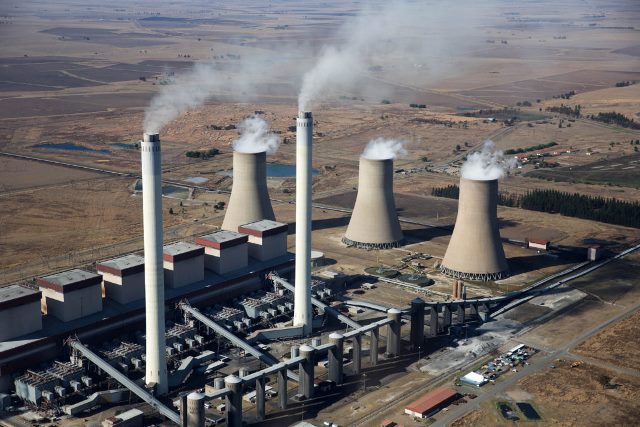Kenya is set to construct a coal plant in Lamu despite pollution protests from locals, environmental groups, the International Monetary Fund (IMF), global NGOs, the World Bank, and stakeholders in the tourism sector. Lamu is one of the popular tourist destinations along the Kenyan coast. The project is expected to increase reliable electricity in the area and to offer job opportunities to Lamu residents.
“Located in Manda Bay, the Lamu coal power plant is on a BOO (build-own-operate) basis over a 25-year concession period,” the Treasury said in the 2018 budget statement.
High Operation Costs
Consumers will pay Sh37 billion to Amu Power Company each year via their bills. The amount is Sh5 billion more than the amount that was used to construct Thika Superhighway. Amu Power Company is made up of Centum Investments and a group of Chinese companies. Consumers will absorb global coal fluctuations via monthly pass-through charges.
The coal plant is expected to contribute 1,050 megawatts while diversifying Kenya’s electricity sources.
Environmental Degradation Concerns
The construction of the coal plant has raised global concerns, with Greenpeace Africa, the European Union, and the World Wildlife Fund are among those raising the alarm.
“The coal [plant] plan in Lamu is on course,” Simon Ngure, regulatory and corporate affairs director, KenGen said. “And we are best placed to decide how to use our own natural resources. We are working with two companies to develop the mines.”
Coal is a major fossil fuel that contributes to global warming. However, by joining the proposed clean-coal alliance, Kenya might escape the adverse environmental effects of coal.
The clean-coal alliance is a network of countries such as the US, Nigeria, South Africa, and Australia. The objective of the alliance is to share technology on burning coal with as little smoke production as possible while capturing the residual gas for sale.
While Kenya is creating its own mines, it will depend on coal supplies from South Africa.



